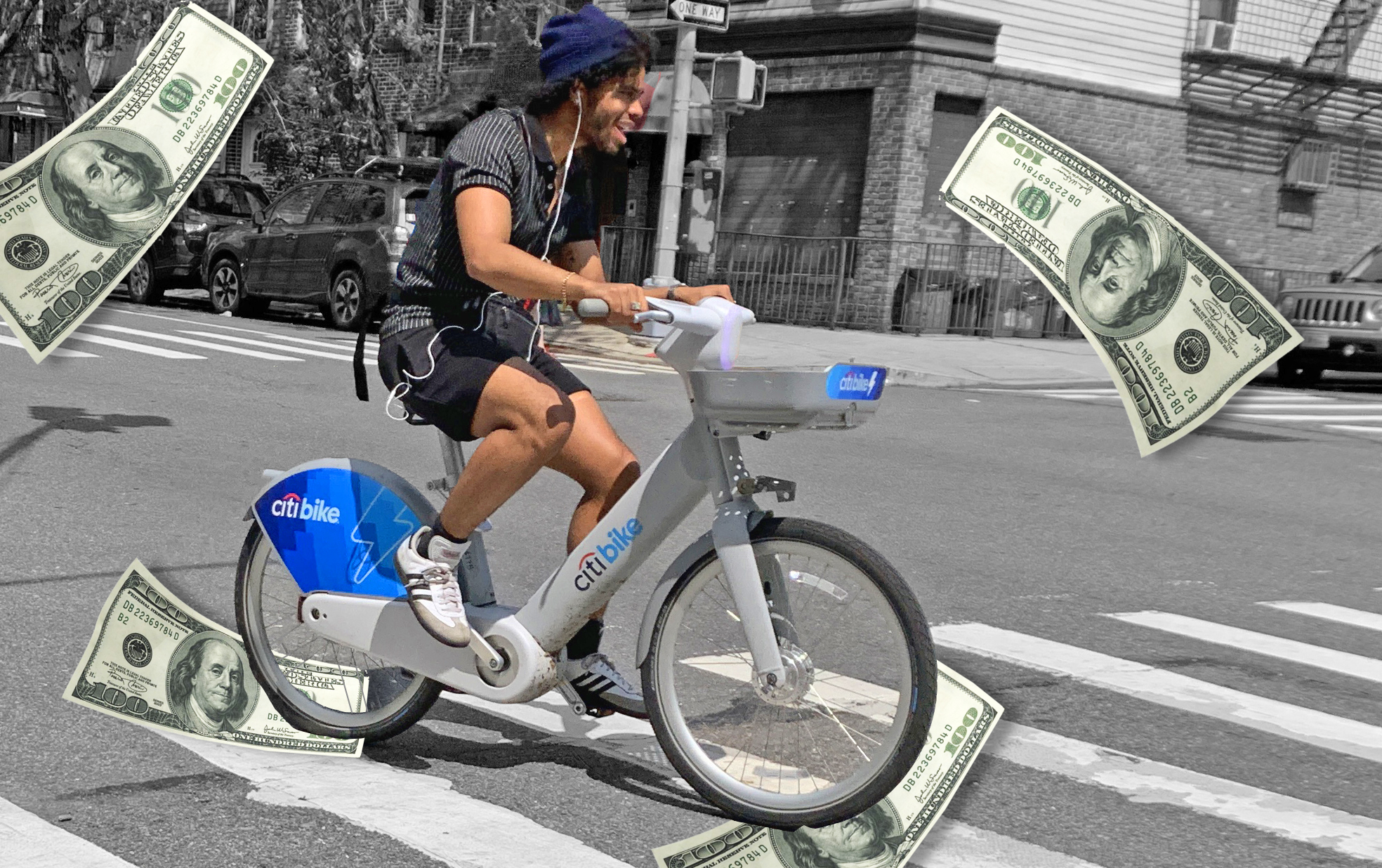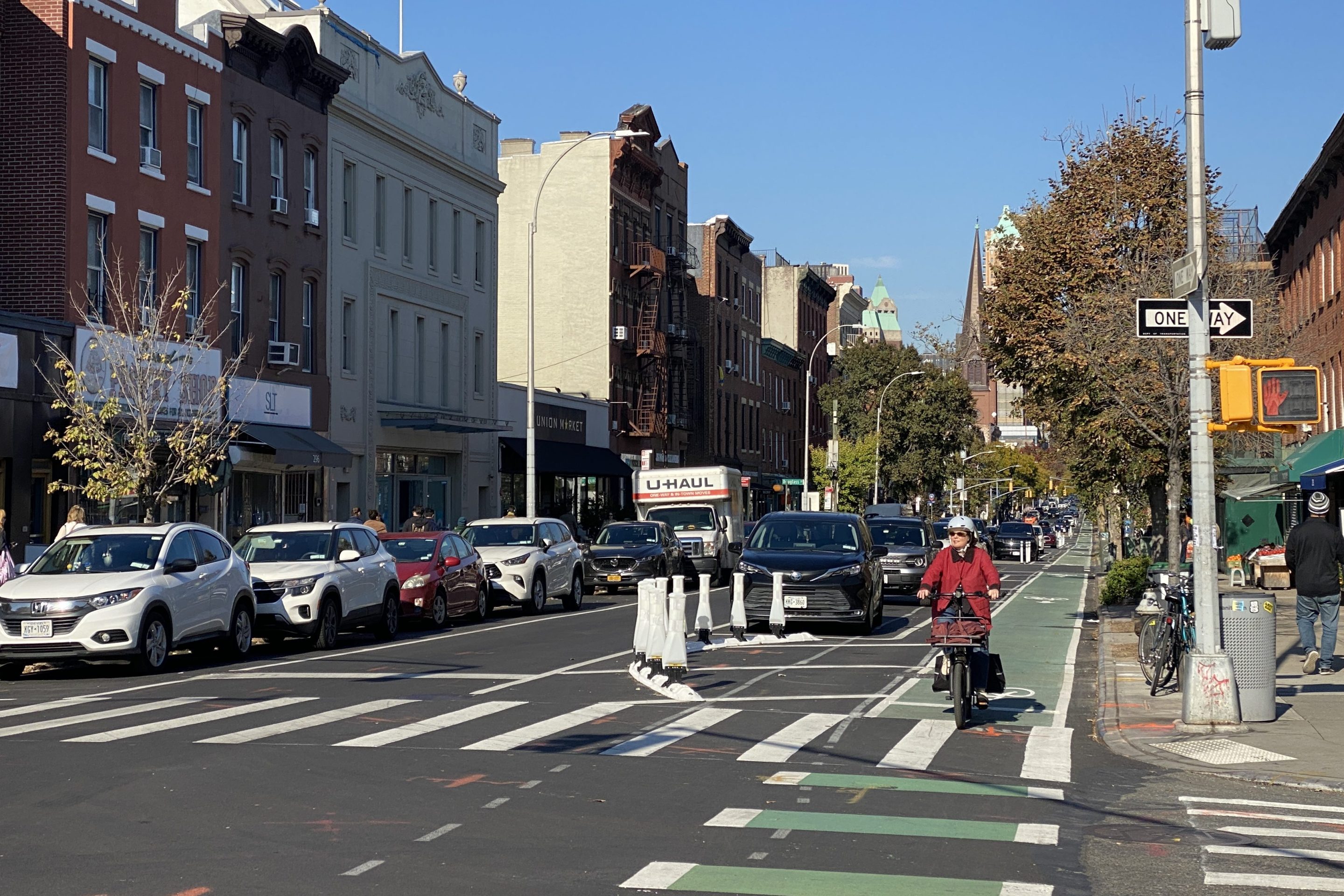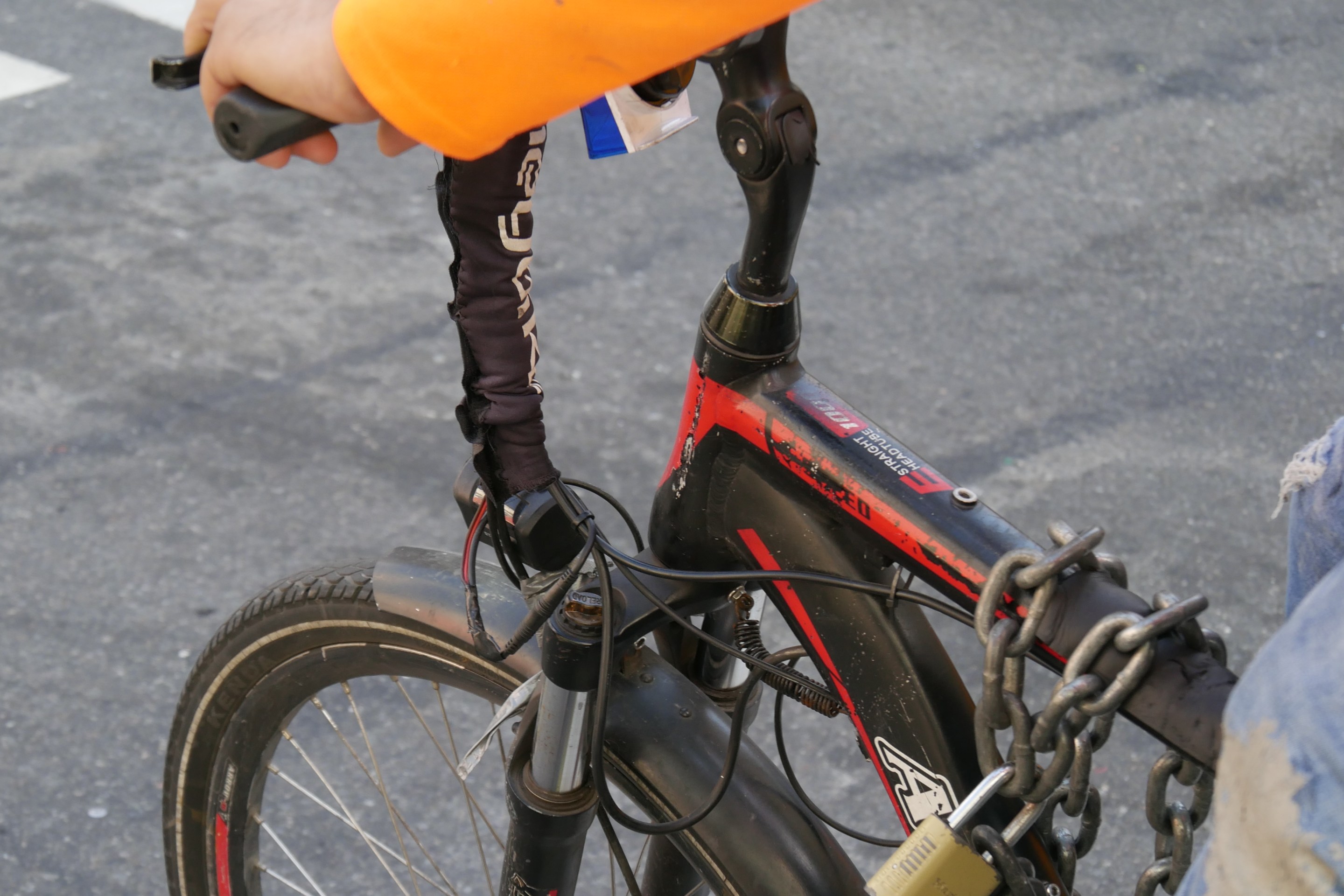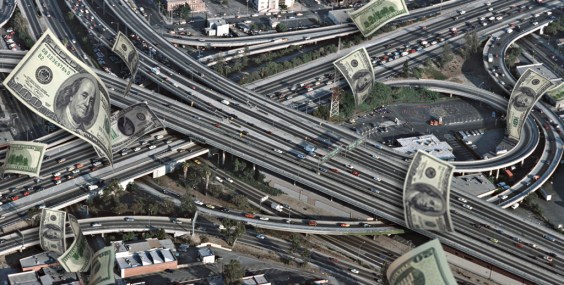Advocates for safer streets are alarmed by a New York State DOT "blueprint" for capital investments that scarcely acknowledges walking or biking as modes of transportation.
The Tri-State Transportation Campaign noted in November that the NYS DOT document released with the file name "Two Year Capital Plan" [PDF] made virtually no mention of pedestrians or cyclists.

"Although the document uses key buzzwords -- 'multi-modal,' 'users of all modes,' 'sustainable,' 'improve livability,' 'environmental protection' -- complete streets advocates are left hanging when the document lists the ways New Yorkers get around," wrote Nadine Lemmon, Albany legislative advocate for Tri-State.
The state DOT released the report at a time when investments in walking and cycling are "getting hit left, right and center" in New York State, according to Lemmon. The new federal transportation bill, MAP-21, resulted in a 30 percent cut in federal dedicated funding, Lemmon says, and new NYS DOT policies put bike-ped projects at a disadvantage when competing for state matching funds.
The omission of walking and biking is particularly striking given the state's new complete streets law, which took effect in February.
In an email to Streetsblog, NYS DOT spokesperson Beau Duffy distinguished between the document and the capital plan, which will guide state transportation spending for two years.
The document submitted by NYS DOT to the NY Works Task force for consideration represented an infrastructure investment blueprint from which an investment level to support the development of the Department’s next transportation capital program would be advanced. NYS DOT’s report was intended to address four broad-based investment categories (Construction and Program Support, System Maintenance and Operations, Local Roads and Bridges, and Modal Infrastructure) and was not intended to address all of the infrastructure assets or modes under its jurisdiction.
Notwithstanding, each one of the four investment categories detailed by NYS DOT in the report provides support and opportunities for bicycle, pedestrian and safety-related improvements. The Department’s capital program of projects will be developed in coordination with the Executive and the Legislature as part of the State budget process.
Advocates say that explanation is just a long-winded way to distract from the lack of specific commitments to walking and biking as the capital plan takes shape. "In this document, they are asking for guidance on what funding level will be approved for the next capital program," says Lemmon. "[T]his is about the capital plan -- and [Duffy] says that."
The state's blueprint document can't afford to overlook the thousands of New York residents who are hurt and killed in traffic crashes, said New York Bicycling Coalition President Paul Winkeller in a statement [PDF]. "Official statistics show that citizens biking and walking are involved in a quarter or more of traffic related injuries and fatalities. These accidents are tragic and collectively represent a tremendous, ongoing societal expense in terms of health care and legal costs."
Pedestrians and cyclists represented 30 percent of all traffic fatalities and 12 percent of all injuries in 2011, according to data from the New York State Department of Motor Vehicles [PDF].
Defending the state DOT's commitment to safer walking and biking, Duffy said that NYS DOT is authoring guidelines for complete streets implementation, as well as a framework for federal and state funding of complete streets projects and "a website that will be devoted to complete streets implementation and accomplishments."
All of which will amount to window dressing if the state isn't devoting adequate resources to walking and cycling infrastructure.
"[This] seems to be an argument of semantics, not substance," says Lemmon. "No matter what they're calling the document now, it is disappointing that the department did not mention bicycle and pedestrian safety and investments as a part of its blueprint for the future of our state's transportation system."





